The notion of producing merchandise for the younger market was nothing profound in the Fabulous Fifties. But the tactic of advertising geared to attract the person who was going to be using the product rather than the one who might provide the funds for said shiny object was recent.
Everyone remembers the Christmas of 1940. That’s the year Ralphie in A Christmas Story (1983) lusted after “the official Red Ryder, carbine action, 200-shot, range model air rifle, with a compass in the stock and this thing that tells time.” The movie based on the story by Jean Shepherd has been on a televised 24-hour Christmas Eve/Day loop for a few years now.
That’s a great example of advertising aimed to reach the parent via the targeted audience.
After World War II, as Boomers learned to read and the comic book eras changed from Golden to Silver Ages, the art and stories of the medium became more sophisticated. Superman stopped nabbing bank robbers, and began fighting strange beings from other planets. Batman’s villains upped their weird. And advertisers zeroed in on the true consumers, the ones who soaked up the comics.
A major problem was the amount of disposable income possessed by the literary enthusiasts. The average blue jean pocket or snap purse might contain a few coins, a marble, a jack, perhaps a tooth. Their affluence would come later.
With this in mind, advertising to readers of Fifties comics diverged. Some targeted their minimally funded consumers with super cheap products. A philatelist’s album to hold rare stamps could be had for a quarter. For the real players, playhouse sized frontier cabins (“Big enough for 2-3 kids!”) sold for a mere dollar. Housing issues solved!
Others aimed for the entrepreneurs, bored with lemonade sales but not quite ready for paper routes. This group could apply for various items to sell door to door, as long as they signed solemn promises to pay for the original items. They might reap a profit of “Five dollars a week in your spare time.”
Here are a few of those memorable pages which originally appeared in DC comics from 1954-1956. The irony of it all is that clipping a coupon from a comic book immediately devalued its collectibility. For instance, Detective Comics #244 featuring--nothing special--“The 100 Batarangs of Batman,” from 1957 sold at auction in 2016 for $2,500.
Surely, the true young investor should have skipped the Nutty Putty and the Whoopee Cushions and just saved the comic in a plastic bag. Today some of them would bring between a few hundred upwards of $10,000!
If the coupon has been clipped, the comic’s value is...”Still 10¢!”
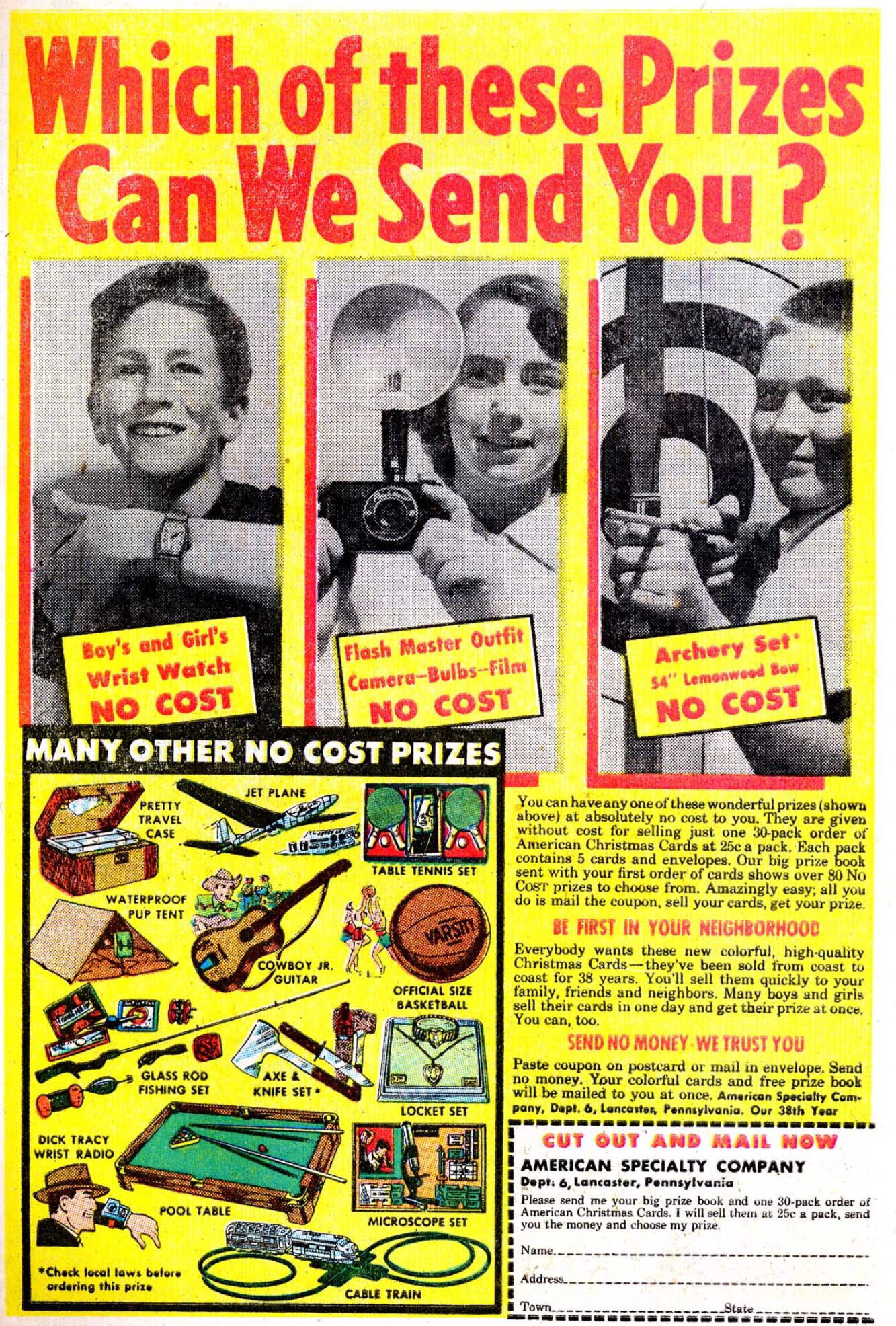
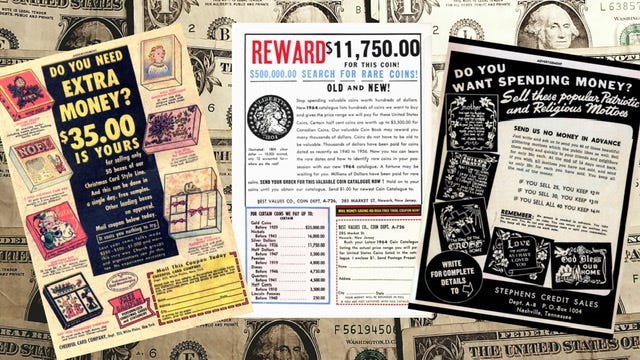
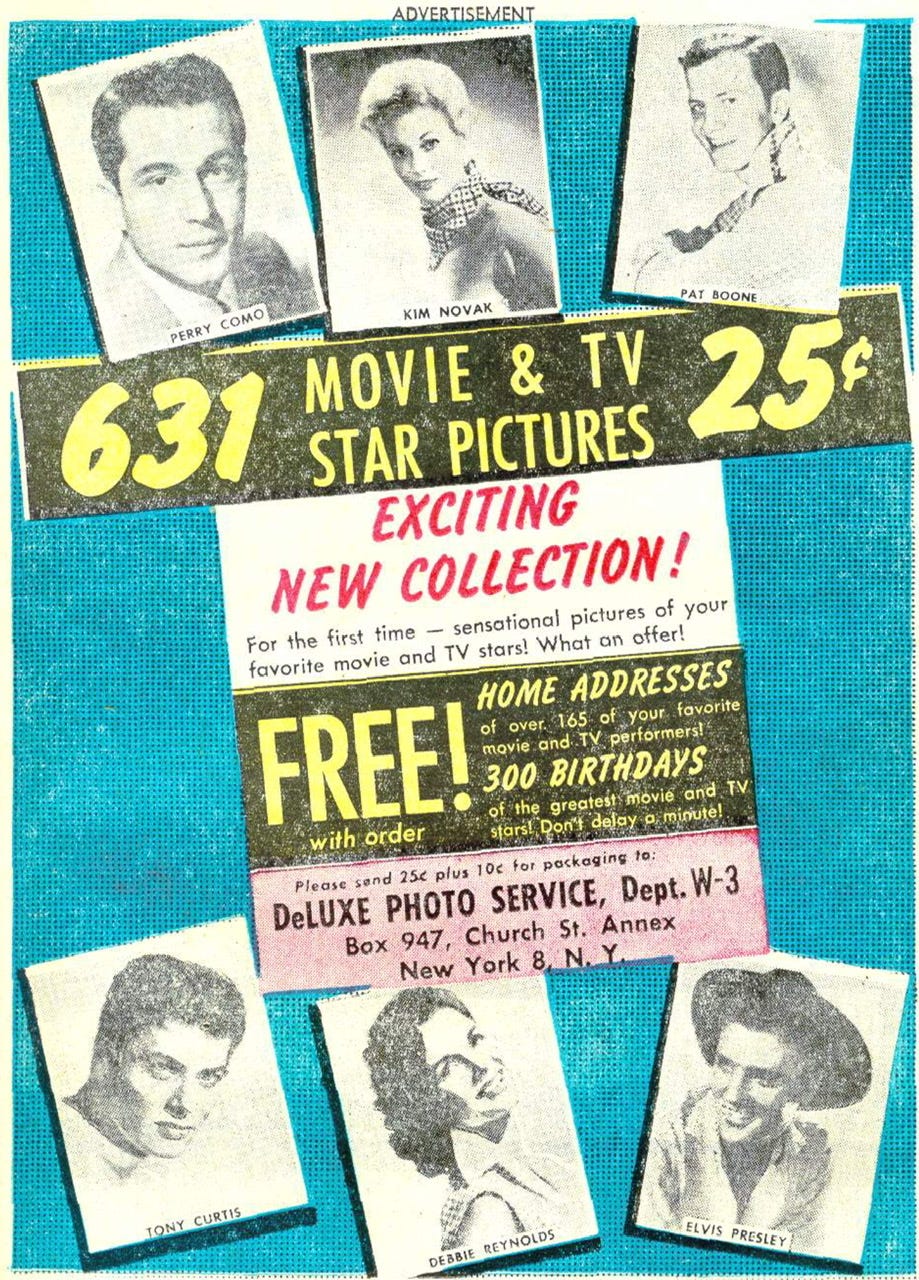
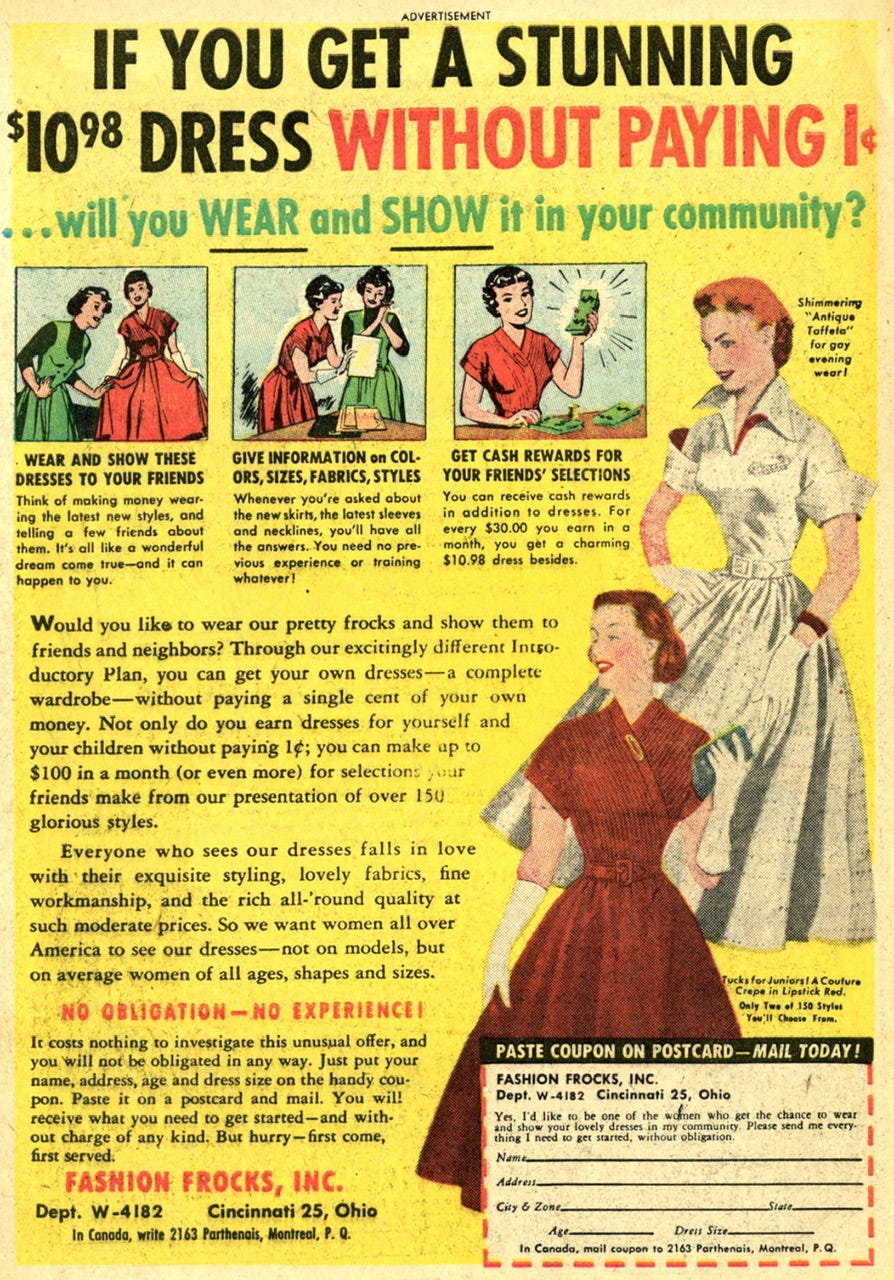
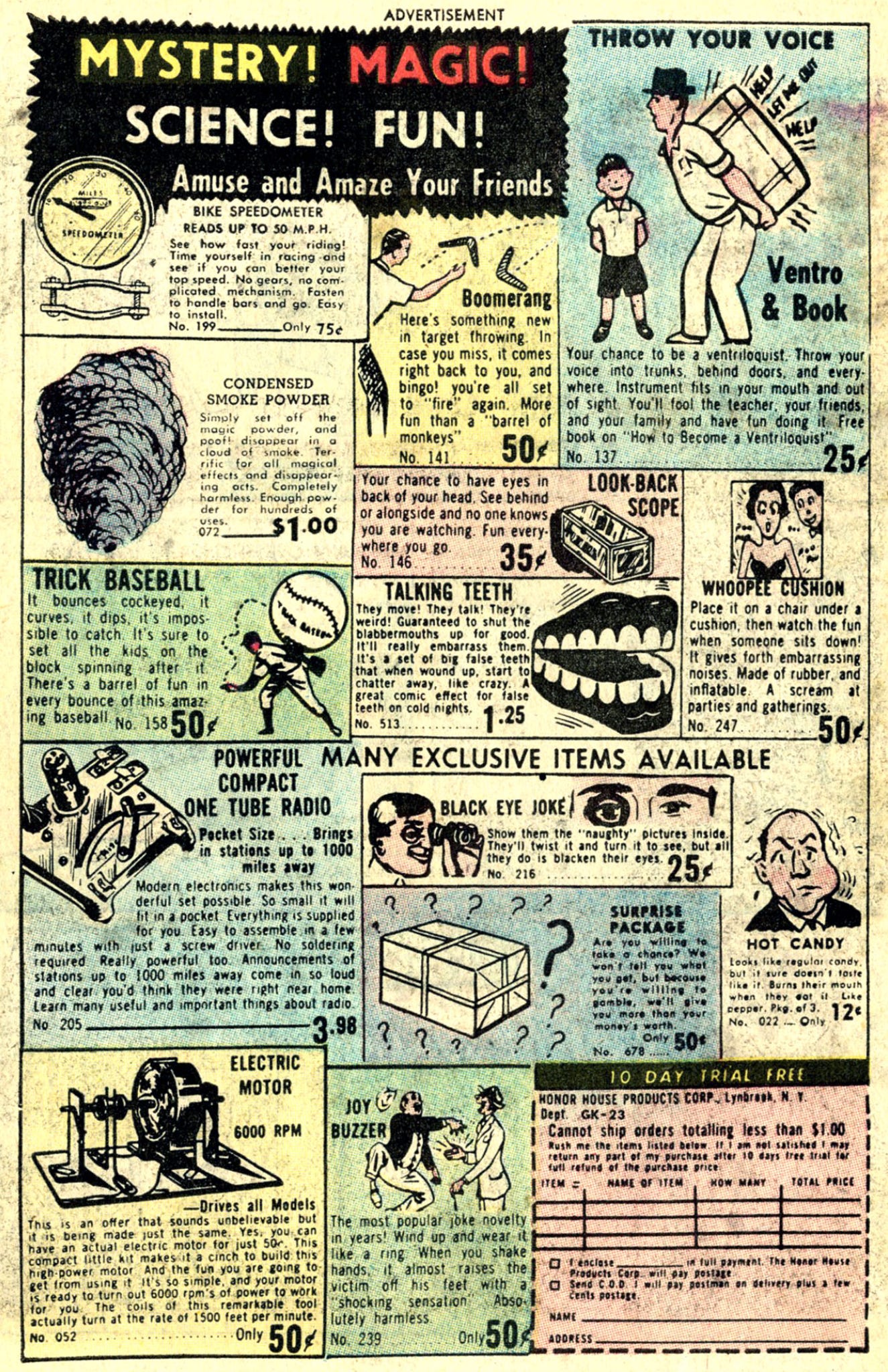
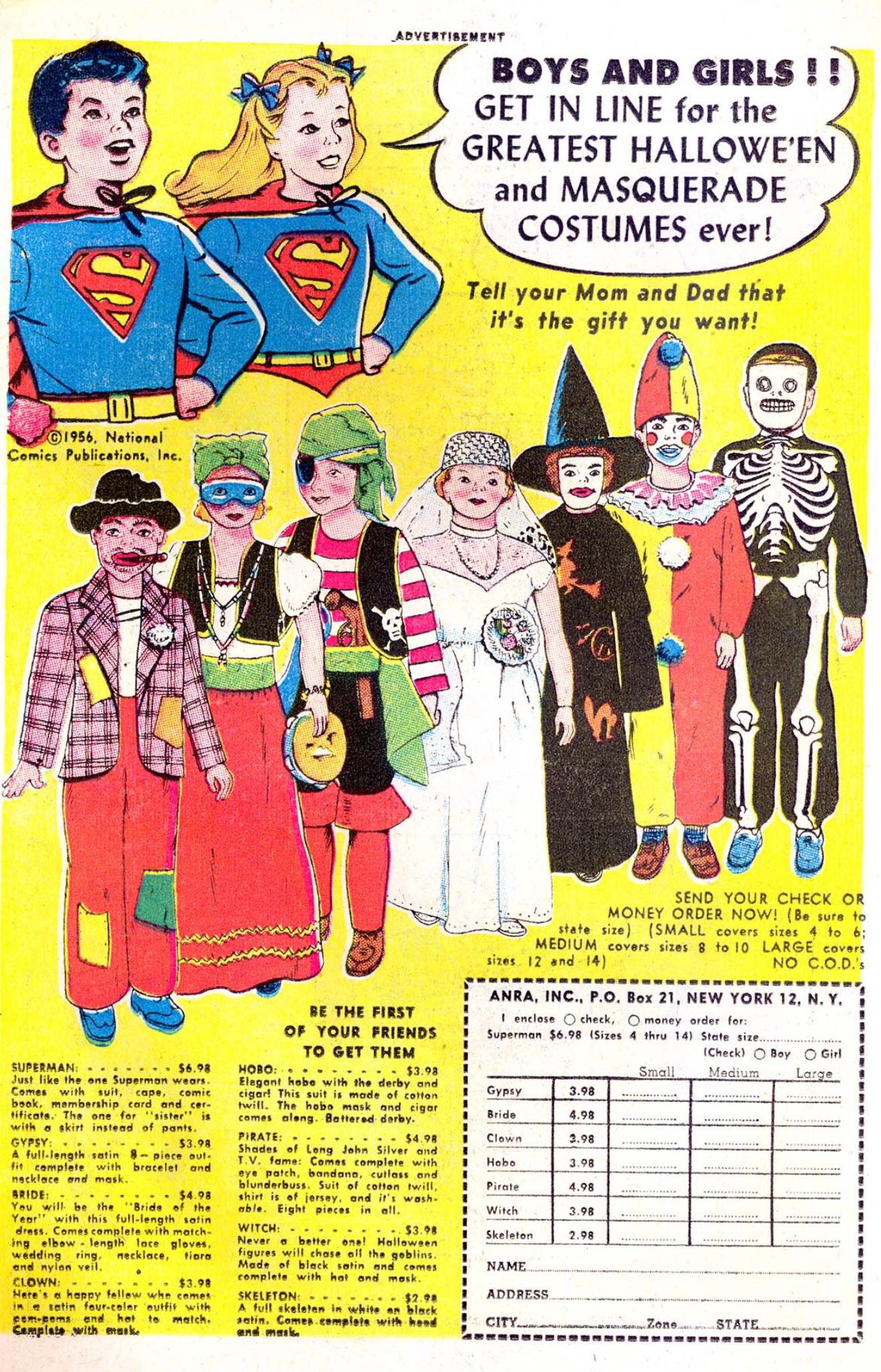
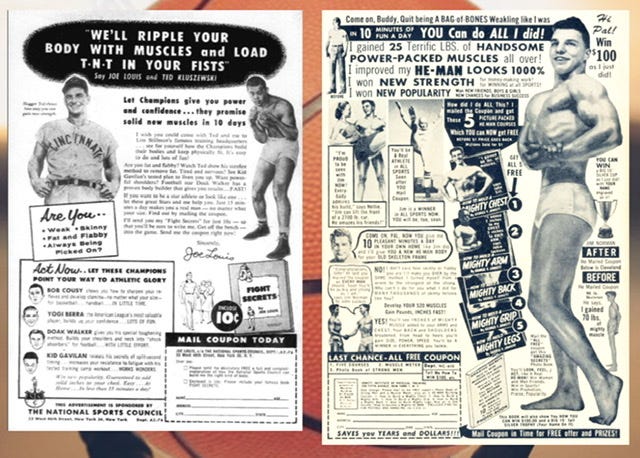




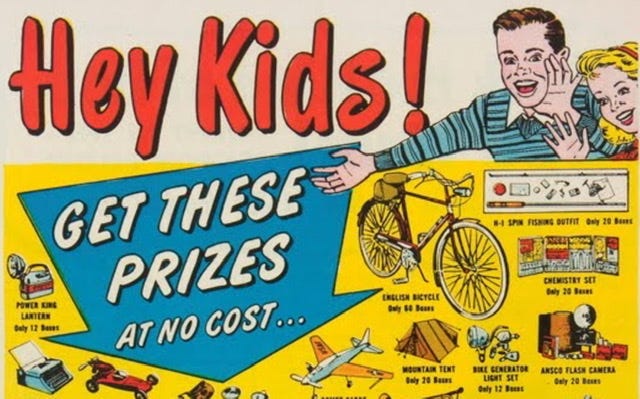
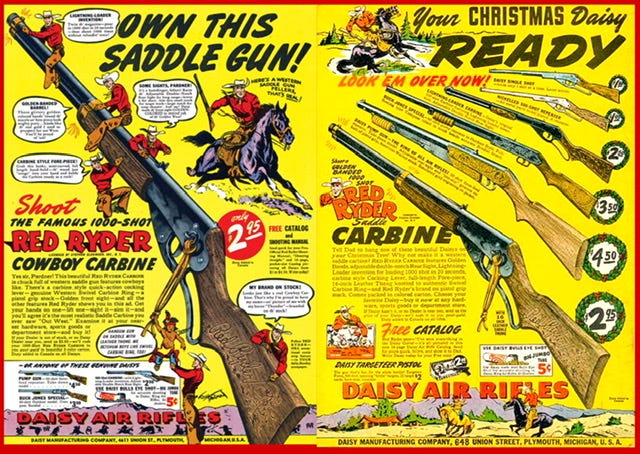
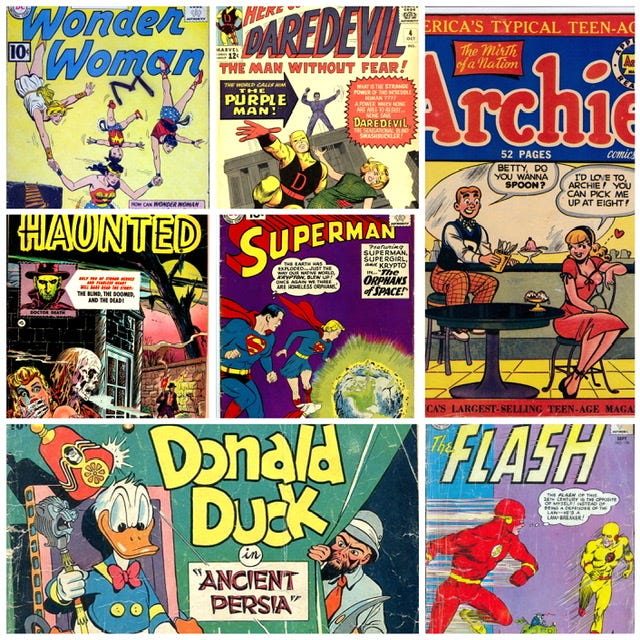
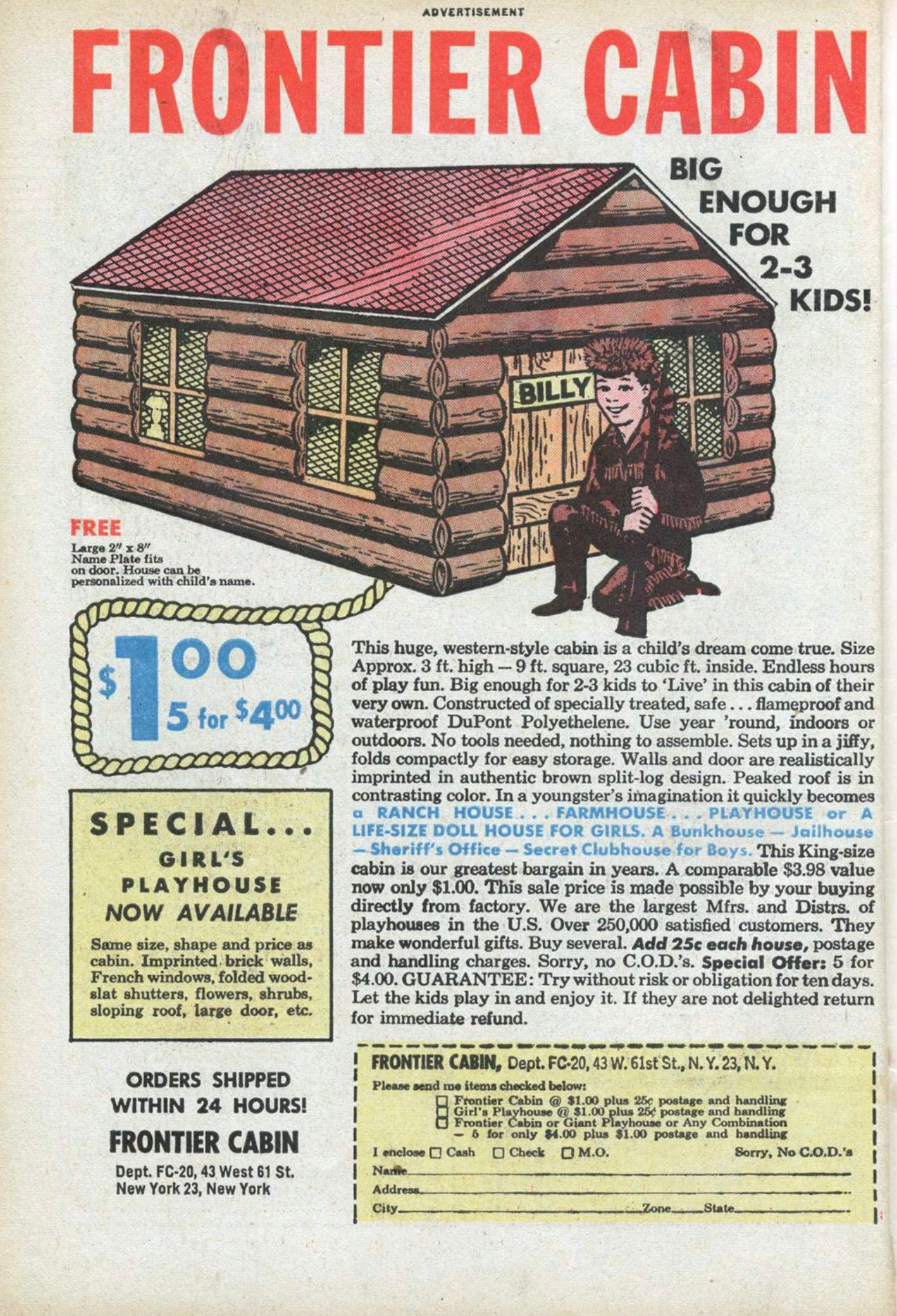
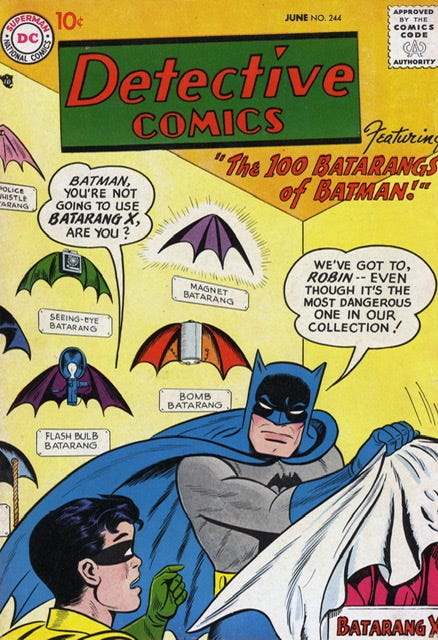
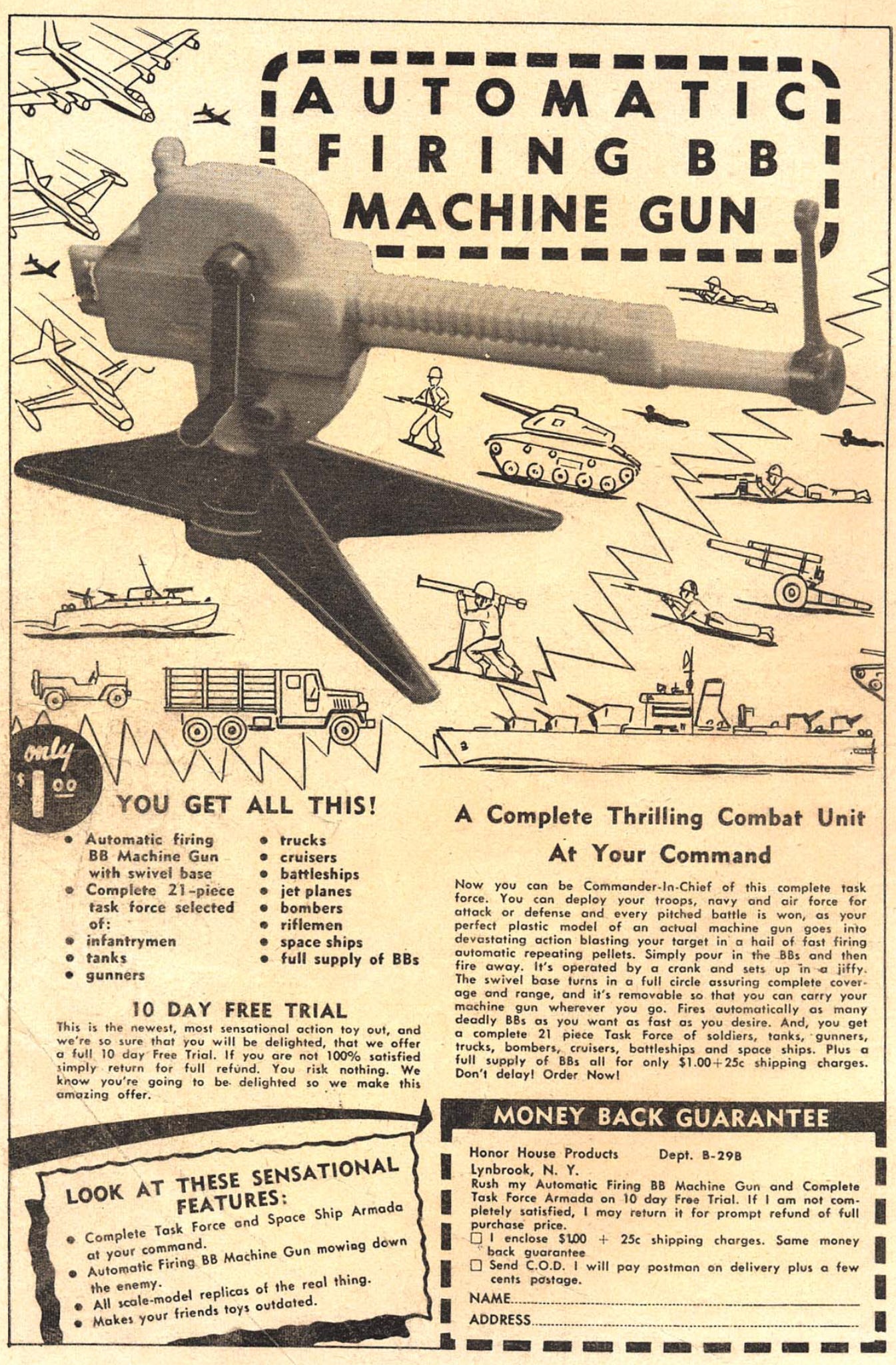
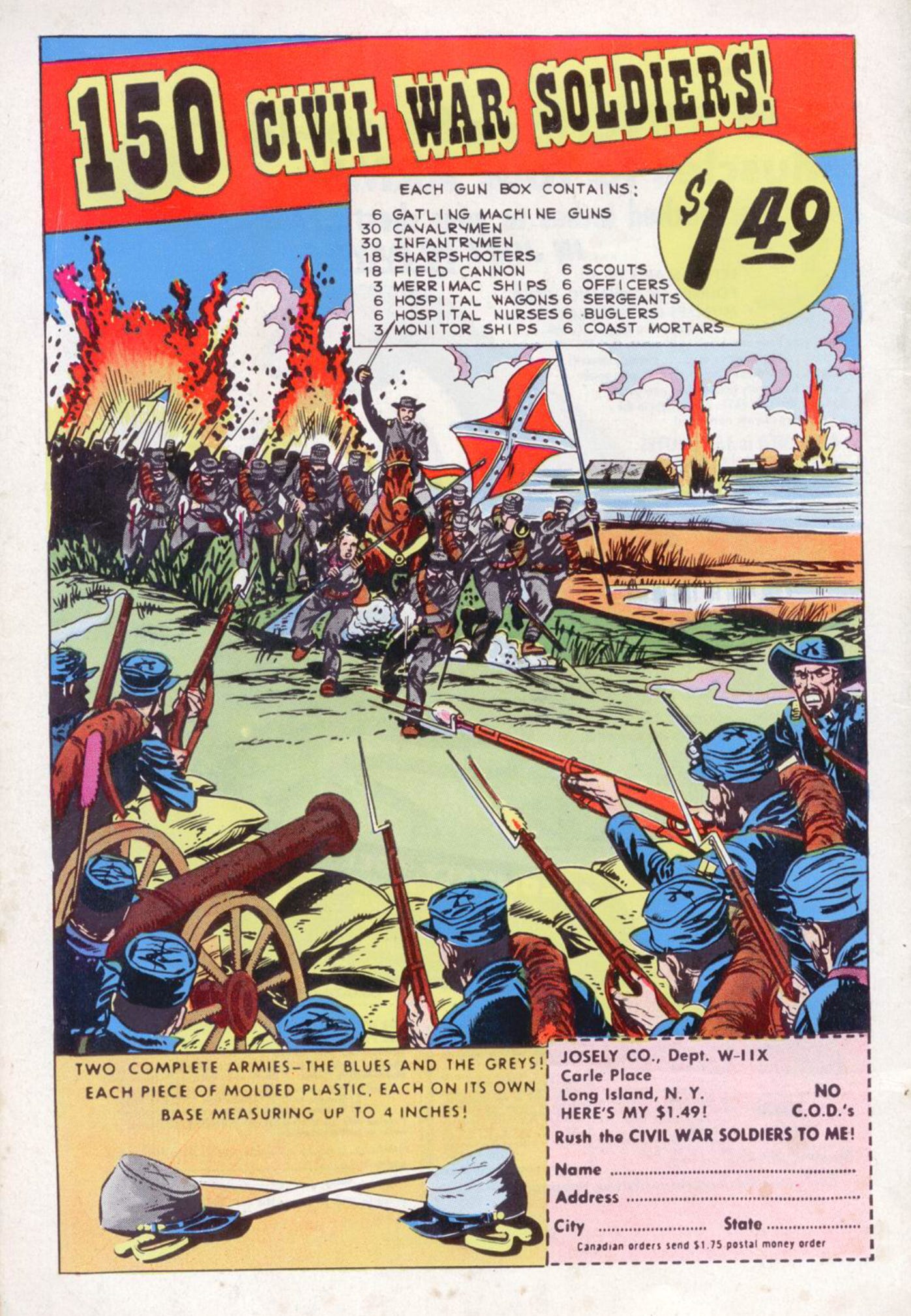
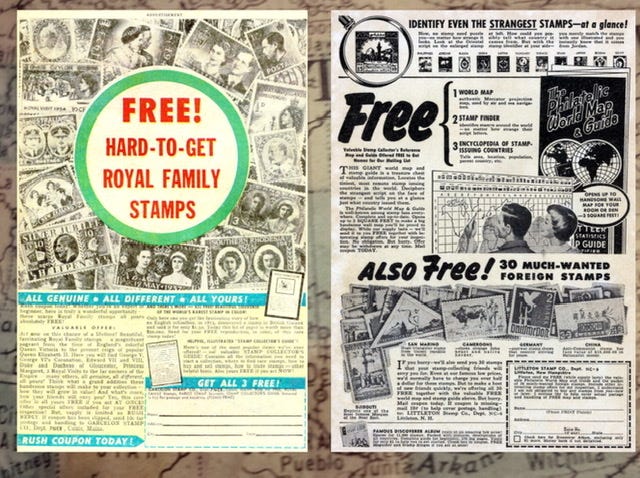
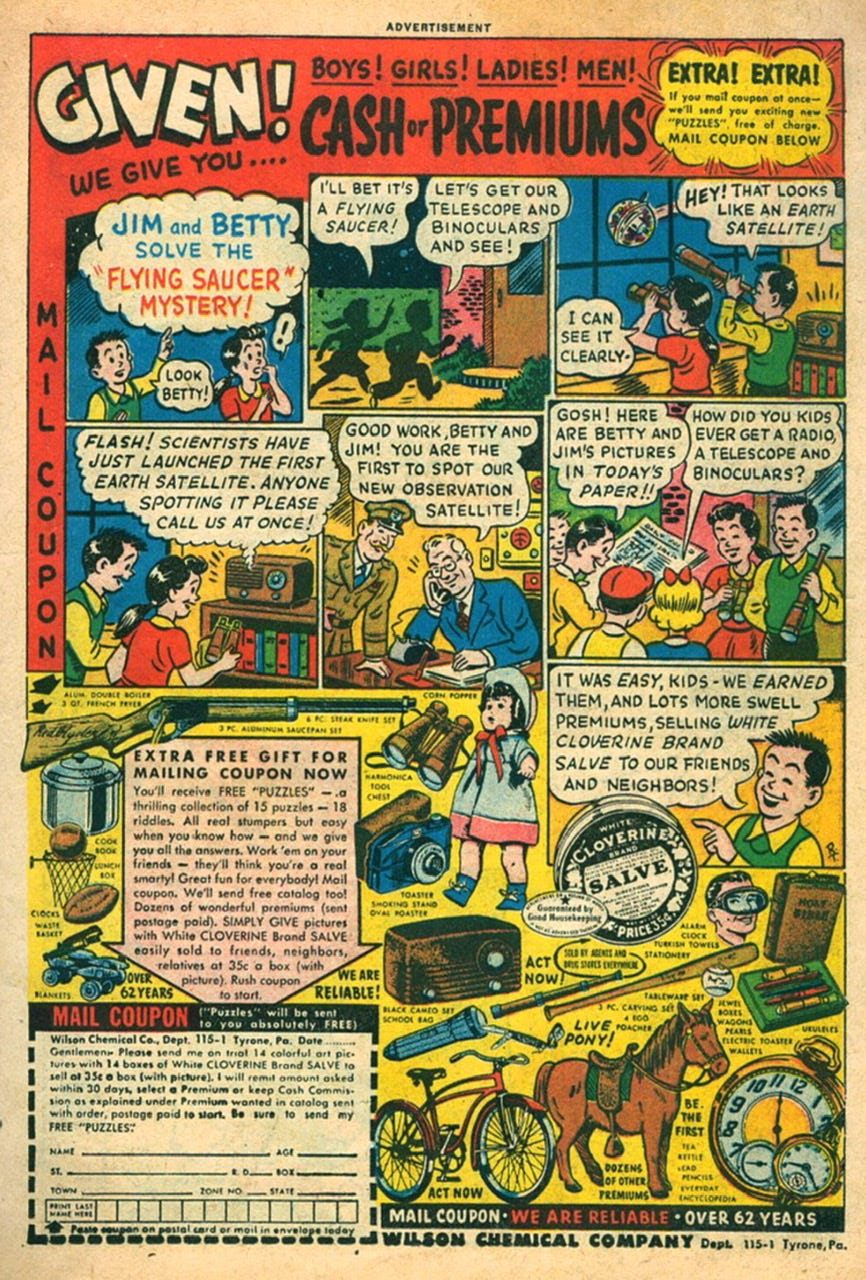
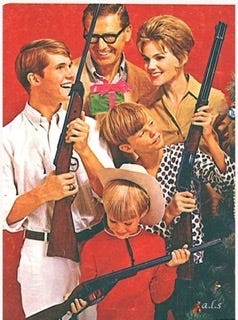
Love it...read comic books like an institution...amazing w/ a colored aluminum bowl probably blue metallic full of popcorn A Saturday night ritual